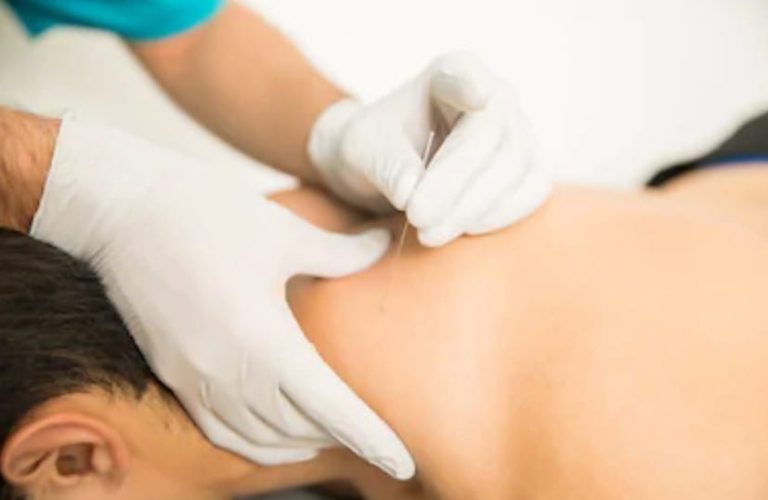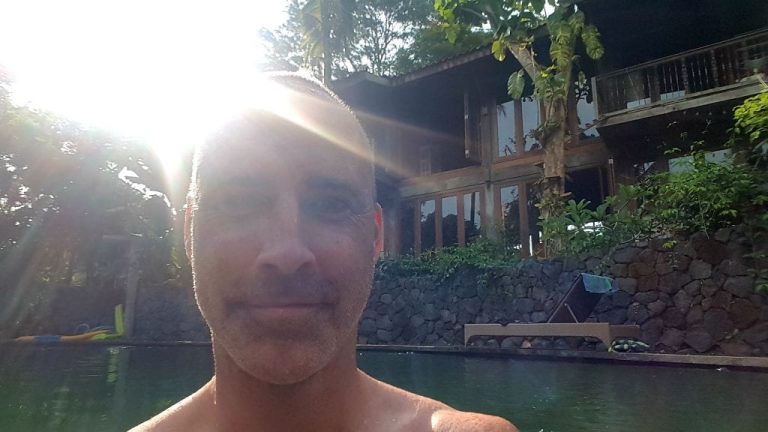Understanding Sesamoiditis: More Than Just a Footnote
Please remember to read the disclaimer advice at the bottom of the page.
Sesamoiditis is a term that often gets thrown around in the world of foot pain, but what does it really mean?
In essence, it’s an inflammatory condition affecting the sesamoid bones in the foot. These tiny sesame seed-shaped bones are located beneath the head of the first metatarsal (the long bone that leads to your big toe), in the ball of the foot.
There are two sesamoids in each foot, covered by padding and thick skin. They’re difficult to feel for yourself because of all the padding, but they’re there!

What Causes Sesamoiditis?
Sesamoiditis commonly arises from repetitive stress or a single sudden impact trauma to the sesamoid bones. Athletes, dancers, and people whose jobs require prolonged standing are particularly susceptible. Sometimes it can occur simply from jumping down off a step and hitting the foot in just the wrong way, leading to a fracture.
My Experience
I’ve treated numerous clients with sesamoiditis or symptoms resembling the condition. Often, the issue is not just localised to the sesamoids but involves surrounding tissues and even the mechanics of the foot itself.
Inflammation or injury to or local to the sesamoids can also lead to compensation patterns affecting the ankle, knee, hip, or back due to altered footfall patterns. It can even affect the opposite, uninjured foot by adding more body weight to that foot, and thus more physical stress. It’s therefore imperative to check out what’s going on with the rest of the body when dealing with sesamoiditis.
It’s also well worth noting that sesamoiditis can have some pretty serious psychological effects, especially for athletes who may find themselves sidelined for several weeks. Being able to walk is pretty awesome, and suddenly being unable to walk (or, possibly, even to stand) can be quite disparaging. It’s part of my service to be as supportive as possible and to consider the psychosocial implications of an injury as well as the biological ones.
The Anatomy of the Issue
The sesamoid bones are surrounded on three sides by the two-headed tendon of the flexor hallucis brevis muscle. The little bones serve as a fulcrum or pulley, enhancing the mechanical advantage of the tendons that flex the big toe and allowing them to exert more force than they would otherwise during the push-off of walking or running.
The ligaments holding these bones in place form part of the fibrous joint capsule of the first metatarsophalangeal (MTP, or big toe) joint. the ligaments and joint capsule, too, may become inflamed.
In trained athletes, during an all-out sprint as much as three times bodyweight can be transmitted through this single big toe joint with every single step. In normal circumstances, they just take it (which is pretty amazing). If the athlete is being over-trained or suddenly increases their running load, repetitive strain injuries can develop.
In any case, when these bones or surrounding tissues become inflamed, the result is sesamoiditis.
Types of Sesamoiditis
Sesamoiditis is not a one-size-fits-all condition. the word is something of an “umbrella term” which could mean any of several different specific conditions and these can manifest in various forms:
- Sesamoid Bone Inflammation: Often due to repetitive trauma or overuse.
- Fractures: Acute or chronic, resulting from direct trauma or repetitive stress.
- Bursitis: Inflammation of the bursae (small lubricating sacs), often due to excessive friction.
- Osteoarthritis: Degenerative changes in the sesamoid-metatarsal joint surfaces.
- Tenosynovitis: Inflammation of the tendon’s lubricating sheath surrounding the sesamoids.
Clinical Features and Diagnosis
Diagnosis involves a thorough patient history and clinical examination. Pain localised to the sesamoids and aggravated by certain movements is a common finding. Special tests like the dorsiflexion-resisted test and the hop test can help confirm the diagnosis.
Treatment Approaches
Conventional treatment often starts with rest, ice, and anti-inflammatory medication. Physical therapy exercises aimed at improving foot mechanics can also be beneficial. In severe cases, immobilisation or even surgical intervention may be considered.
A “moon boot” might be useful to take the direct pressure off the sesamoids while still enabling the patient to get around.
My Approach
My treatment strategy aims to address not just the symptoms but the underlying causes. This often involves soft tissue manipulation to relieve tension in the surrounding muscles and tendons. I also focus on improving foot mechanics through targeted exercises.
Soft tissue therapy targets the muscles to unload tension on the sesamoids. In later stages of recovery, after about two or three weeks, we might do some direct work to alleviate any injuries to tendons or ligaments. Myofascial cupping may be used to support all of this kind of manual therapy.
Home Remedies
Simple home remedies like ice application and foot elevation can provide temporary relief. Wearing shoes with adequate cushioning and arch support can also help.
Stretching and Strengthening
Stretching exercises for the calf muscles and the muscles of the foot can alleviate tension and improve mechanics. Strengthening exercises for the intrinsic muscles of the foot can also be beneficial.
This is really where the magic happens. With the right rehab exercises, followed diligently, most people can make a full recovery. (Fractures might take longer.) Manual therapy, such as what I do, is really supplementary to the rehab exercises.
The best possible thing to do is work with an exercise physiologist or qualified personal trainer to stay consistent with the exercises and to see someone like me every other week to support those exercises, aiming to make it more comfortable to follow the rehab program.
Finally, try your best to stay positive! In all likelihood, this is an opportunity to focus on building your foot strength. If you follow the instructions, chances are you’ll come back even better, faster, stronger than you were before!
————————
DISCLAIMER
This article is meant to be advisory only and is not a method of diagnosis, assessment, or treatment prescription for sesamoiditis or any physical condition. If you suspect you may have symptoms such as those outlined above, GO SEE A PROFESSIONAL and get assessed!
There is NO substitute for trained, hands-on assessment for any physical condition or dysfunction.
Get in Touch
If you have any questions about sesamoiditis or other foot-related conditions, feel free to leave a comment on my Facebook page or send me a tweet. If you’d like a comprehensive assessment, click the link below to book an appointment. I’m here to help!


